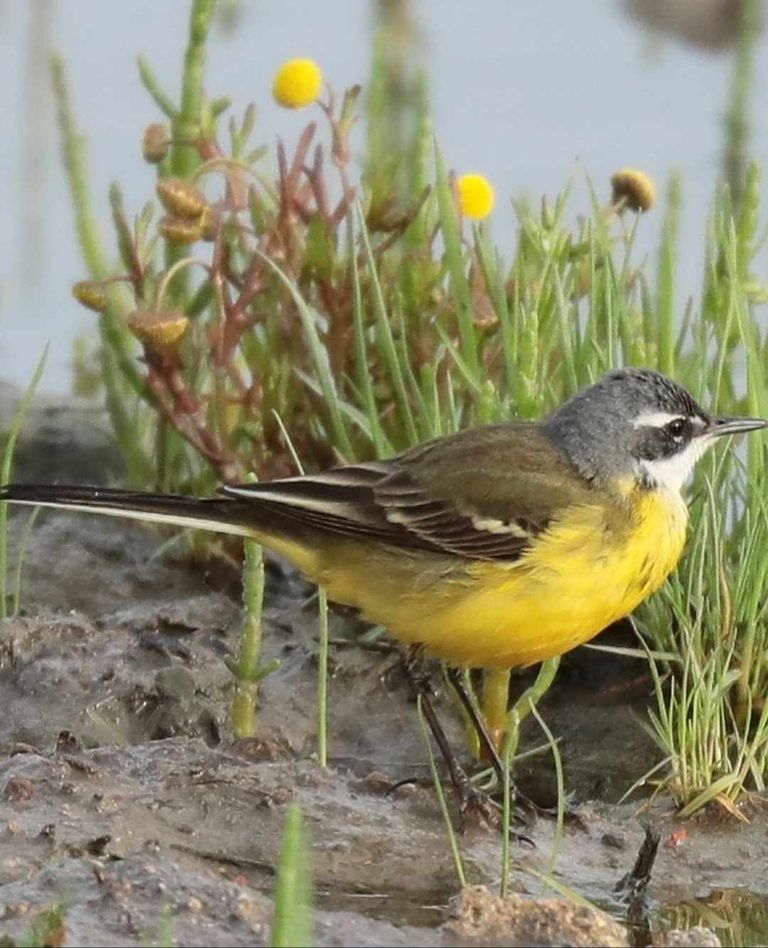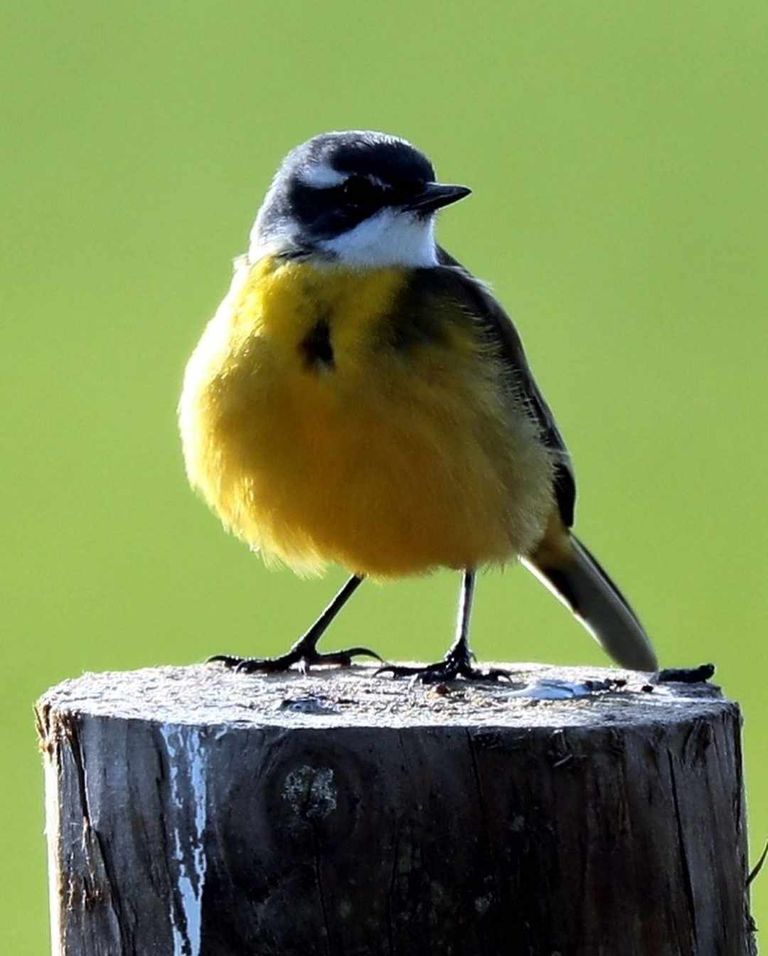
Robin - la storia di un breve e lungo viaggio nel colore del rosso... - Prima parte
Con l'arrivo dell'autunno, il verde dei campi e dei boschi lascia il posto ai colori accesi e caldi che caratterizzano i mesi di settembre e ottobre. Ben presto però questa meravigliosa tavolozza scompare fino a scomparire nell'aria, lasciando il posto ad un paesaggio che sta lentamente diventando triste e modesto. Ma non tutto è perduto! Per rendere più luminosa l'aria autunnale, brilla un uccellino: il pettirosso. Questo uccello rappresenta da sempre per noi il simbolo dell'inverno. Appare all'improvviso nelle campagne, nei giardini e nei parchi nei primi giorni di ottobre (a volte anche prima), non avendo paura di scacciare altri uccelli che, avvicinandosi ai cespugli in cui ha trovato rifugio, non esitano ad avvicinarsi. fuori per sapere chi lo disturba. Ma perché i merli li vediamo quasi esclusivamente in autunno e in inverno e dove finiscono in acqua?
Robin - the story of a short and long journey into the color of red... - Part One
With the arrival of autumn, the green of the fields and woods gives way to the bright and warm colors that characterize the months of September and October. Soon, however, this wonderful palette disappears until it vanishes into the air, giving way to a landscape that is slowly becoming sad and unassuming. But all is not lost! To brighten the autumn air, there shines a little bird: the robin. This bird has always been a symbol of winter for us. It suddenly appears in the countryside, gardens and parks in the first days of October (sometimes even earlier), not afraid to chase away other birds that, approaching the bushes in which it has found shelter, do not hesitate to approach. outside to find out who disturbs it. But why do we see blackbirds almost exclusively in autumn and winter, and where do they end up in the water?
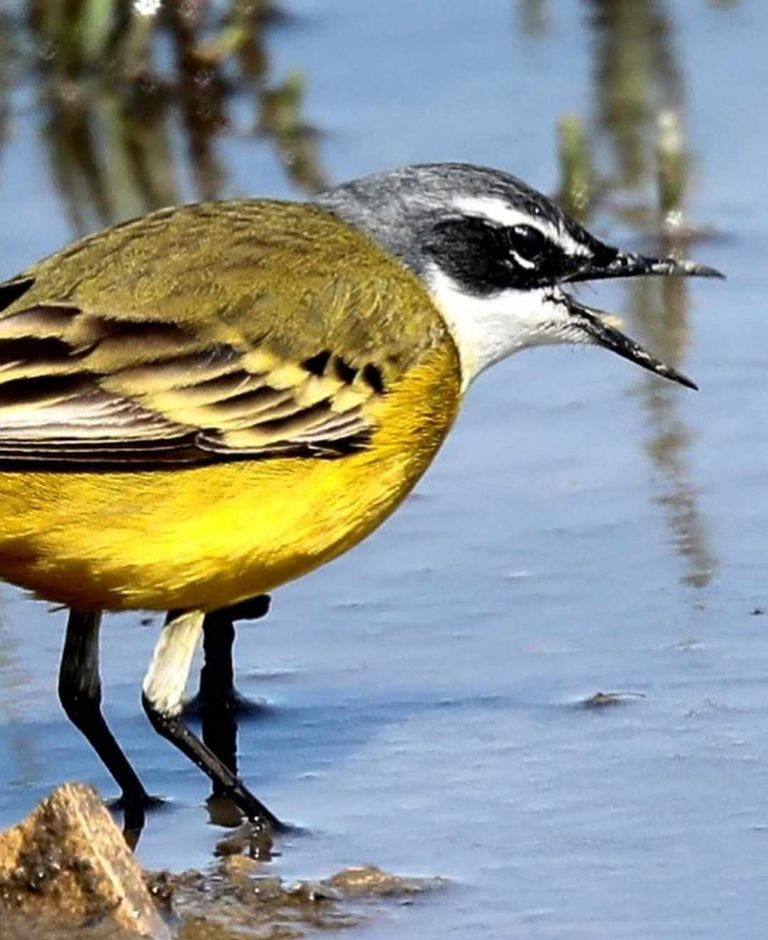
Come mostrato nella Figura 2 (mappa della distribuzione dei merli), vediamo le popolazioni scandinave, baltiche e dell'Europa orientale, "costrette a migrare" (in giallo). Questi merli, con l’avvicinarsi dell’inverno, tendono a spostarsi verso sud-ovest alla ricerca di climi più miti. I merli delle isole britanniche e dell'Europa centrale e meridionale (in verde) spesso rimangono fermi o compiono brevi viaggi.
Infine, la parte meridionale della stagione invernale della specie si trova nel Nord Africa occidentale, sul fiume Nilo nella regione Israele-Palestina (in blu). Qui i merli trascorrono i mesi invernali ma non si riproducono. Partono all'inizio della primavera e ritornano nei luoghi di riproduzione europei. Ma perché vediamo i pettirossi sul pianeta quasi esclusivamente in autunno e in inverno?
As shown in Figure 2 (blackbird distribution map), we see Scandinavian, Baltic and Eastern European populations “forced to migrate” (in yellow). These blackbirds, as winter approaches, tend to move southwest in search of milder climates. Blackbirds in the British Isles and central and southern Europe (in green) often stay put or make short trips.
Finally, the southern part of the species' winter season is found in western North Africa, on the Nile River in the Israel-Palestine region (in blue). Here blackbirds spend the winter months but do not breed. They leave in early spring and return to European breeding grounds. But why do we see robins on the planet almost exclusively in the fall and winter?

Si consideri che da noi i merli vivono vivendo nidi nelle latifoglie e nelle conifere della penisola italiana, concentrandosi sull'acqua soprattutto in montagna e in montagna o in poche zone boschive pianeggianti, dove si allontanano ai primi rigori autunnali. , andando in campagna e in città, alla ricerca di luoghi soft e nuovi posti dove mangiare. In questo senso, parchi e spazi aperti sembrano fornire un bel rifugio dove trascorrere l’inverno. Tuttavia altri provenienti dall’Europa orientale e dai paesi baltici arricchiscono la popolazione invernale di merli (fig. 4). Come abbiamo visto, queste popolazioni sono costrette a migrare con l'arrivo degli inverni rigidi e, tra i merli, sono proprio quelli provenienti dal nord a compiere i viaggi più lunghi e impegnativi. È nel mese di ottobre che si registra il maggior numero di merli nel nostro territorio (fig.3). Alcuni di loro possono sostare nella Pianura Padana, lungo le coste italiane o in diversi siti dell'Appennino, mentre altri, dopo una breve sosta per recuperare le energie in vista del viaggio finale, si dirigono verso sud verso il Nord Africa per potenziare il sistema di sbarco. azione. .
Consider that in our country, blackbirds live by living nests in the deciduous and coniferous trees of the Italian peninsula, concentrating on water mainly in the mountains and uplands or in a few flat wooded areas, where they move away at the first autumn rigors. , going to the countryside and the city, looking for soft places and new places to eat. In this sense, parks and open spaces seem to provide a nice refuge where they can spend the winter. However, others from Eastern Europe and the Baltic countries enrich the winter population of blackbirds (Fig. 4). As we have seen, these populations are forced to migrate with the arrival of harsh winters, and among blackbirds, it is those from the north that make the longest and most challenging journeys. It is in October that the largest number of blackbirds is recorded in our territory (fig.3). Some of them may stop in the Po Valley, along the Italian coast or at various sites in the Apennines, while others, after a short stop to recover their energy for their final journey, head south to North Africa to boost the landing system. action. .
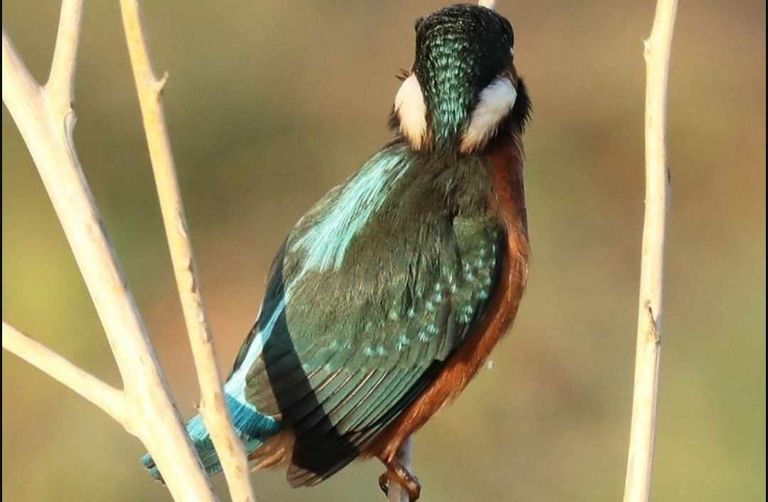
del merlo, invece, includiamo i merli italiani (cioè quelli nati e cresciuti due volte in Italia), la maggior parte di essi migra nel Nord Africa, mostrando una predilezione per l'Algeria, il Marocco e la Tunisia e, secondariamente, per il sud della Francia. come molti altri transitori, la migrazione notturna e lo studio del comportamento migratorio hanno rappresentato una sfida per il mondo scientifico con molti problemi tecnici. Oggi, grazie a decenni di lavoro di sondaggi europei e ad una vasta rete di scambio di dati tra diverse stazioni (che catturano gli uccelli e li rilasciano attraverso una rete di "reti nebbiose"),
of the blackbird, on the other hand, we include Italian blackbirds (i.e., those born and raised twice in Italy), most of which migrate to North Africa, showing a predilection for Algeria, Morocco and Tunisia and, secondarily, the south of France. like many other transients, nocturnal migration and the study of migratory behavior have been a challenge for the scientific world with many technical problems. Today, thanks to decades of European survey work and an extensive network of data exchange between different stations (which capture birds and release them through a network of “mist nets”),
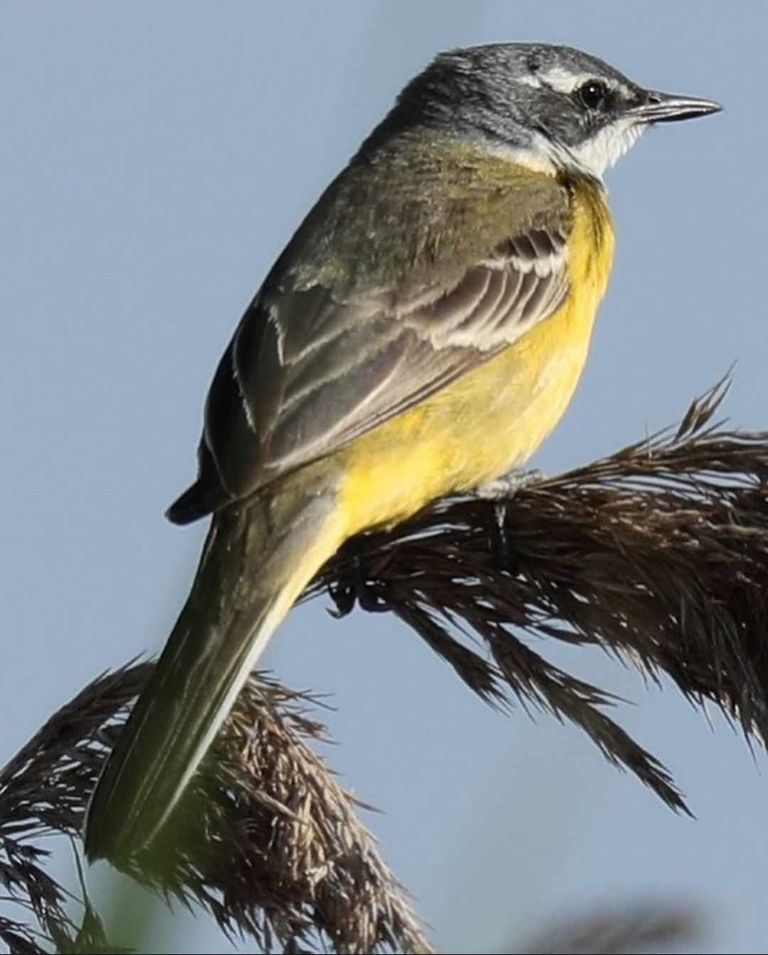
lo studio dell'avifauna e del -Moving ha permesso di ottenere quanto è importante. informazioni territoriali, identificando alcune aree chiave da proteggere, aiutando così le organizzazioni di protezione ambientale a proteggere non solo i principali hotspot, ma anche quelli utilizzati come ricovero invernale o come rifugio, dove gli animali si rinfrescano e si riprendono. accumulando il grasso necessario durante il viaggio. In conclusione, la prossima volta che vedete un pettirosso nel vostro giardino o che vedete mentre passeggiate in città o in campagna, sappiate di non farlo. sapere se quello che hai davanti è un uccello che ha percorso pochi chilometri oppure è La Sardegna vista dall’alto ha un aspetto aspro e aspro. Quasi tutti noi, almeno una volta nella vita, abbiamo avuto l'opportunità di goderne dal finestrino di un aereo. Lo spettacolo inizia quando, dopo aver ricevuto il permesso di entrare, il pilota gira lentamente, permettendo a tutti di godersi il panorama sottostante: scogliere rocciose, sabbia meravigliosa, montagne a picco sul mare,
the study of avifauna and -Moving has made it possible to get how important it is. spatial information, identifying some key areas to protect, thus helping environmental protection organizations to protect not only the main hotspots, but also those used as winter shelter or refuge, where animals refresh and recover. accumulating the necessary fat during the journey. In conclusion, the next time you see a robin in your garden or see it while walking in the city or the countryside, know not to. know whether what you are looking at is a bird that has traveled a few kilometers or is Sardinia seen from above has a rugged and harsh appearance. Almost all of us, at least once in our lives, have had the opportunity to enjoy it from an airplane window. The spectacle begins when, after receiving permission to enter, the pilot turns slowly, allowing everyone to enjoy the view below: rocky cliffs, wonderful sand, sheer mountains,
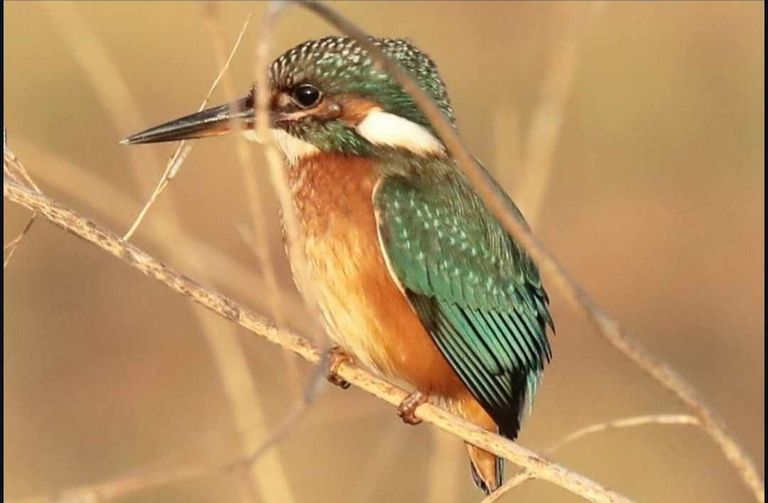
costellazioni di laghi e zone umide, durante pochi minuti, noi. probabilmente. provate le stesse emozioni di migliaia di uccelli migratori che scelgono ogni anno di svernare confortando le acque del cagliaritano: lagune, scantinati e pozze che sono straordinari scrigni pieni di vita. In inverno questi habitat rappresentano una forte attrazione per gli uccelli. ardeidi, anatre, trampolieri e rapaci. Provengono dalla taiga o dal freddo del nord-est e, guidati dal loro istinto migratorio, entrano nei nostri laghi nella speranza di trascorrere la pace delle "vacanze invernali". Ogni anno fuggono dalle nevicate e dalle bufere di neve, sapendo che qui al sud trovano un luogo confortevole e accogliente, con un clima caldo e un'ampia zona ristoro.
constellations of lakes and wetlands, during a few minutes, we. probably. experience the same emotions as thousands of migratory birds that choose each year to hibernate comforting the waters of the Cagliari area: lagoons, basements and puddles that are extraordinary treasure chests full of life. In winter these habitats are a strong attraction for birds. herons, ducks, waders and raptors. They come from the taiga or the cold northeast and, guided by their migratory instincts, enter our lakes in the hope of spending the peace of the “winter vacations.” Every year they flee from snowfalls and blizzards, knowing that here in the south they find a comfortable and cozy place with warm weather and ample refreshment area.

La mattina nella palude è un momento magico. La rugiada, penetrando di nascosto durante la notte, ha ricoperto il terreno e migliaia di piccole goccioline d'acqua ricoprono ogni cosa. Uno spesso strato ricopre le canne e tocca la superficie dell'acqua. Potrai respirare a pieni polmoni il vero profumo dell'ambiente, denso e impregnato di umidità, quando i tuoi occhi saranno coperti dagli occhi del tuo binocolo, esaminerà ogni angolo e vorrai trattenerti a lungo. L'erba lentamente si sveglia e come per magia, sotto il richiamo vittorioso, tutti gli abitanti rispondono al richiamo dei loro coetanei. Torniamo indietro e immergiamoci nell'affascinante mondo dell'avifauna sarda. Dopo aver osservato attentamente quella parte di Sardegna che è molto bella, avendo avuto poco tempo a disposizione e scacciando dall'isola il barbagianni e il grifone, oggi ci godiamo i subacquei e i loro festeggiamenti.
Morning in the swamp is a magical time. Dew, sneaking in during the night, has covered the ground, and thousands of tiny water droplets cover everything. A thick layer covers the reeds and touches the surface of the water. You will be able to breathe in the true scent of the environment, thick and impregnated with moisture, when your eyes are covered by the eyes of your binoculars, it will examine every nook and cranny and you will want to linger for a long time. The grass slowly wakes up and as if by magic, under the victorious call, all the inhabitants respond to the call of their peers. Let's turn back and immerse ourselves in the fascinating world of Sardinian avifauna. After carefully observing that part of Sardinia that is very beautiful, having had little time and chasing the barn owl and griffon vulture off the island, today we enjoy the divers and their celebrations.
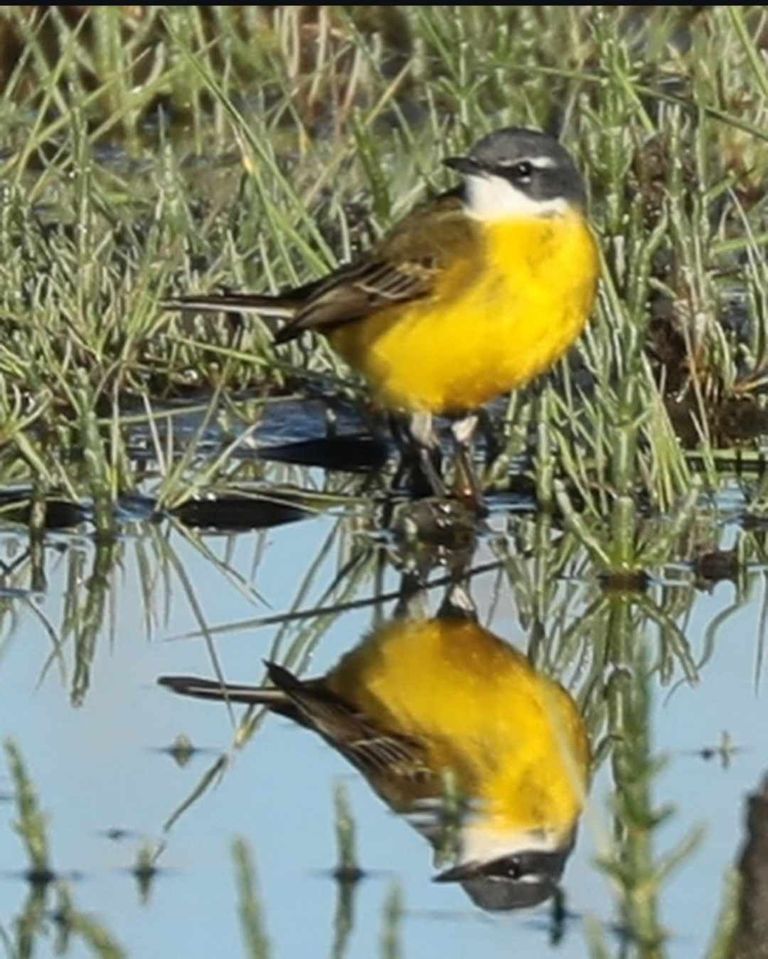
C'è un prato senza nome all'estremità meridionale della Sardegna. Lo amo, sento spesso l'irrefrenabile bisogno di immergermi completamente nel suo profumo, nei suoi colori e nei suoi abitanti, spinta dal desiderio oggettivo di inserire dati, di conservare, di apprendere e di portare a casa un ricordo indelebile. Un biotopo ricco di diverse tipologie di esseri viventi, canne fitte e contorte che ospitano numerose specie di uccelli migratori e habitat che trascorrono la loro delicata vita che la sicurezza di questo ambiente confortante può offrire.
There is an unnamed meadow at the southern end of Sardinia. I love it, I often feel the irrepressible need to immerse myself completely in its scent, its colors and its inhabitants, driven by the objective desire to enter data, to preserve, to learn and to take home an indelible memory. A biotope rich in different types of living things, dense and twisted reeds that are home to numerous species of migratory birds and habitats that spend their delicate lives that the safety of this comforting environment can provide.
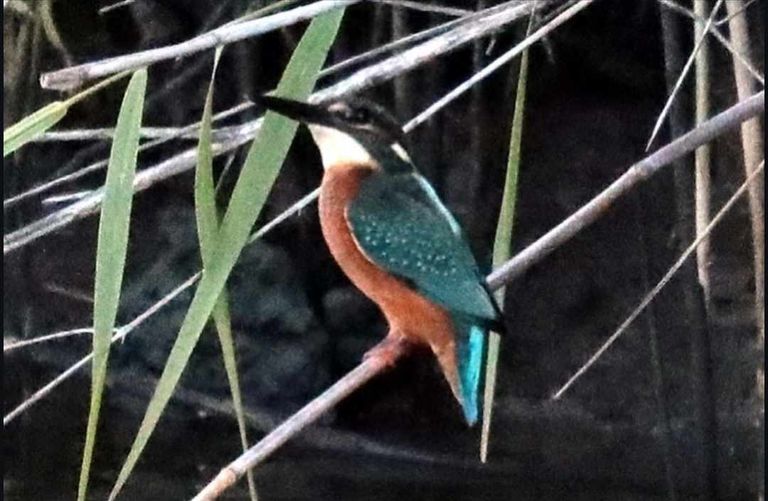
Nel cuore della notte. Le mie scarpe affondano profondamente nel limo appiccicoso, mentre cammino avanti con una lampada frontale, cercando di evitare le sorgenti dove l'acqua è alta e bassa. Giunto nel luogo prescelto, depongo l'attrezzatura, mi sdraio sotto il telone mimetico e faccio quello che mi viene naturale: aspetto che il sole tramonti. Al mattino presto la palude si sveglia e tutto accade come per magia. Davanti a me c'è una grande distesa d'acqua debole, molto alta che permette alle folaghe di immergersi completamente per eliminare alghe o altre piante presenti nell'ambiente. il fango è il loro alimento principale. Bellissimi uccelli, molte specie migrano dai paesi settentrionali alle regioni meridionali più calde prima dell'inverno. Impolverati e petulanti, litigano tra loro con questo grido sonoro che li accomuna, alcuni escono dall'acqua e si grattano completamente in una striscia che esce dal terreno per raccogliere insetti o alberi, altri si dedicano a lavori raffinati e sofisticati lavoro. pulizia del piumaggio. Il suono dura poco, le ombre piombano violente nella loro quotidianità e il caos è rapido: gli uccelli spaventati si posano sull'acqua e cercano rifugio tra l'erba, molti esemplari tentano di avvicinarsi. Una caduta che termina con una caduta tra le canne.
In the middle of the night. My shoes sink deep into the sticky silt as I walk ahead with a headlamp, trying to avoid the springs where the water is high and low. Arriving at the chosen spot, I lay down my gear, lie down under the camouflage tarp and do what comes naturally to me: wait for the sun to set. Early in the morning the swamp wakes up and everything happens as if by magic. In front of me is a large expanse of weak, very high water that allows the coots to fully submerge to get rid of algae or other plants in the environment. the mud is their main food. Beautiful birds, many species migrate from northern countries to warmer southern regions before winter. Dusty and petulant, they quarrel with each other with this sonorous cry that unites them, some coming out of the water and scratching completely in a streak coming out of the ground to pick up insects or trees, others engage in refined and sophisticated work. cleaning their plumage. The sound is short-lived, the shadows plunge violently into their daily routine, and the chaos is swift: frightened birds perch on the water and seek shelter in the grass, many specimens attempt to approach. A fall that ends with a fall among the reeds.
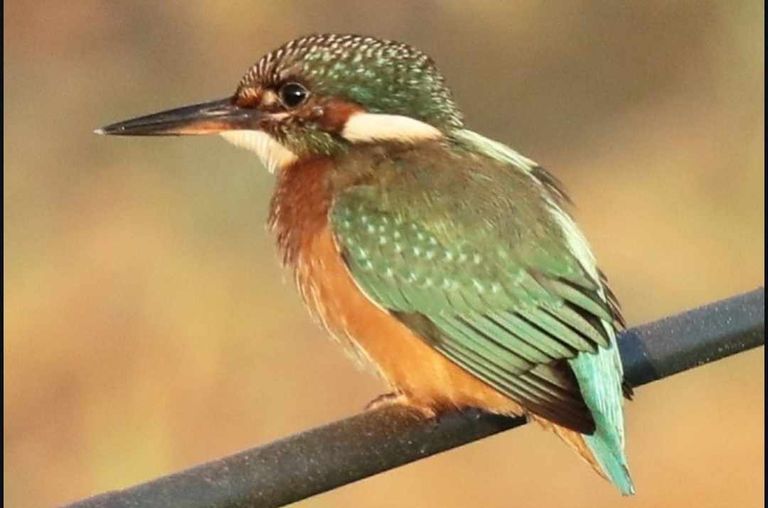
Il ratto acquatico (Circus aeruginosus) dalla testa grigia (di norma nella forma adulta) sorvola il corpo idrico a bassa quota ed è spesso agitato, provocando nel suo insieme uno stato di panico. Forte e confuso, non guarda nessuno come se avesse fame e volesse trovare il suo pranzo. Una piccola altezza sopra mostra una donna. Quando arriva all'improvviso, risponde alla chiamata del collega che urla. A quanto pare la coppia era nel bel mezzo di uno spettacolo sessuale. L'uomo, ebbro d'amore, si innalza fino a diventare invisibile, poi si dissolve nelle ali chiuse fino a toccare la donna, cosa che, niente ma. spaventato, all'ultimo momento si gira in uno strano cerchio mostrando le gambe
The gray-headed water rat (Circus aeruginosus) (usually in the adult form) flies over the body of water at low altitude and is often agitated, causing a state of panic as a whole. Loud and confused, it looks at no one as if it is hungry and wants to find its lunch. A small height above shows a woman. When she arrives suddenly, she responds to the call of the screaming colleague. Apparently the couple was in the middle of a sex show. The man, intoxicated with love, rises until he becomes invisible, then dissolves into closed wings until he touches the woman, which, nothing but. frightened, at the last moment turns in a strange circle showing his legs
